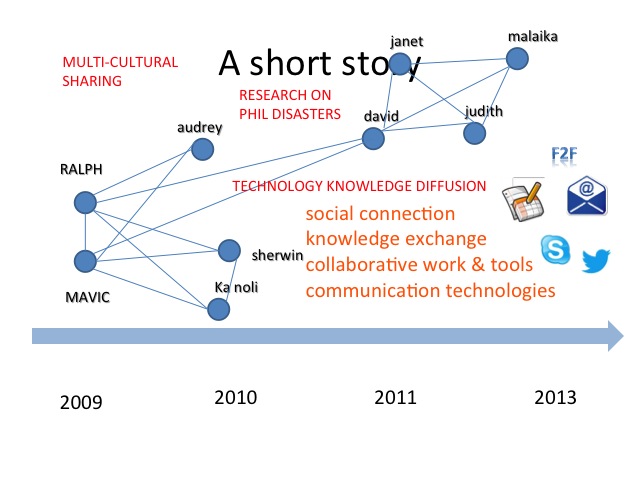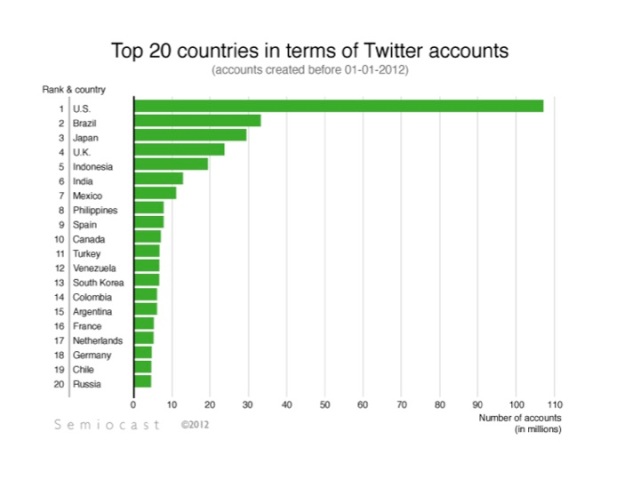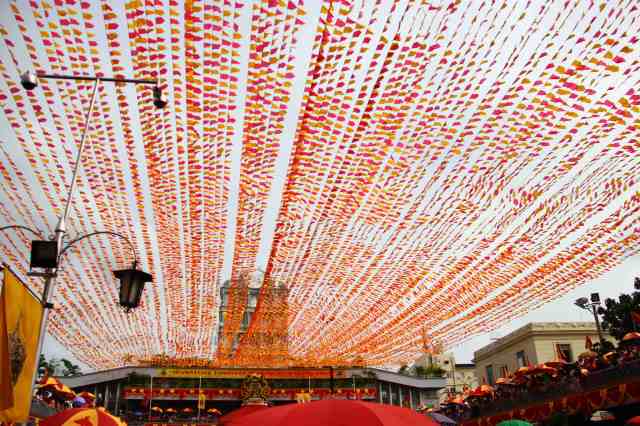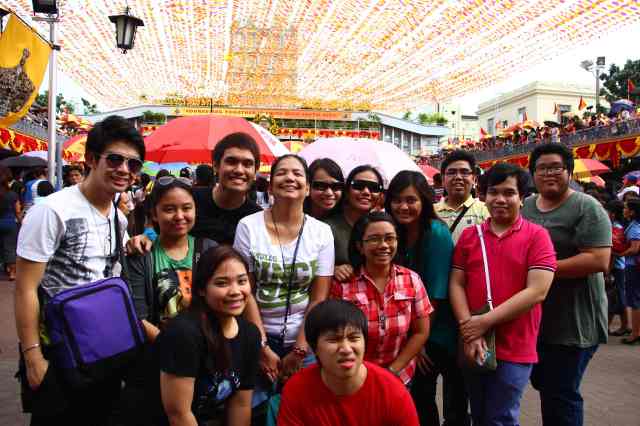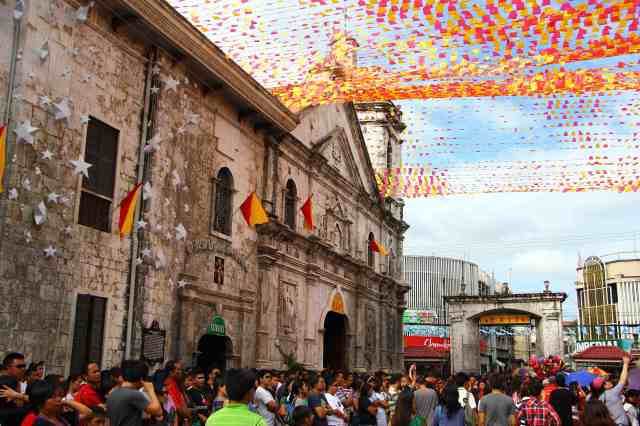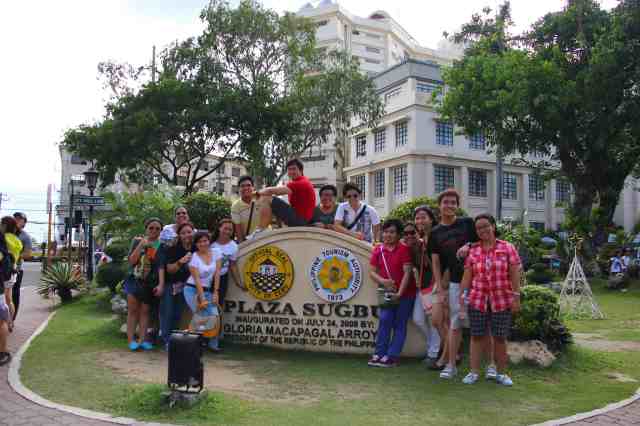Papers Presented in the DLSU @ Research Congress 2013
DESIGNING A VISUAL MAPPING SOLUTION FOR REAL-TIME REPORTING AND MONITORING OF DENGUE INCIDENTS IN METRO MANILA – Marcelo, Ang, Ocampo-Tan, Sinco and Pineda (2013)
CREATING A COMMUNITY BASED DISASTER RISK MANAGEMENT SYSTEM THAT HIGHLIGHTS RESPONSE METHODS AND RESOURCE ALLOCATION – Tan, Reyes, Ricasio, Uy, Pineda (2013)
ADDRESSING FLOODING PROBLEMS IN MANILA THROUGH SYSTEMIZED REMOTE MONITORING AND MANIPULATION OF FLOOD PUMPING STATION, AND MAPP – Mangulabnan, Lee, Orcenas, Pineda (2013)
Designing a community based early warning and mapping system for an urban barangay – Gonzales, Arnaldo, Marquez-Lim, Ongkiko, Pineda (2013)
Papers Presented in the Science and Technology Congress 2012
A Coral Reef Monitoring and Mapping System for Western Luzon Philippines Seas – Barba, Ravago, Vicencio, Pineda (2012)
Community Profiling and Mapping for CREST – Aguas, Villasenor, Ebora, Caunga, Pineda (2012)
A Simulation of Angat Dam Outflow Utilizing A Geographic Information System – Roca, Abrantes, Marcelo, Punzalan, Pineda (2012)
NEWS/MEDIA
1.. Sep. 26, 2010 – Typhoon Ondoy (Ketsana) anniversary, news write up on DLSU Flood Prediction System – Sawatain came out – http://www.mb.com.ph/node/278923/dl
2. Mar. 5, 2011 – Business Mirror news on CITe4D’s Quo Vadis event on Disaster Management http://www.businessmirror.com.ph/home/science/8219-dlsus-sawatain-helps-lgus-in-disaster-management
3. A community based disaster risk reduction system for BuklodTao of San Mateo, Rizal – Casas, Diego, Legaspi http://wp.me/p1wJ5d-2c
Recent International Publications
Pineda, M. V. (2012). “Exploring the Potentials of a Community-Based Disaster Risk Management System (CBDRMS), the Philippine Experience,” International Journal of Innovation, Management and Technology vol. 3, no. 6, pp. 708-712, 2012. Retrieved from http://www.ijimt.org/papers/324-CM313.pdf
Pineda, M. V. (2010) “Local Government Unit (LGU) and Academe Partnership for Responsive e-Disaster Systems”. Proceedings of the Symposium IPKIN WOSOC KOMMIT 2010 International Conference, November 24-25, 2010, in Bali, Indonesia. ISSN: 1411-6286 Retrieved from http://repository.gunadarma.ac.id/bitstream/123456789/2344/1/02-02-002-Local%5BPineda%5D.pdf
Pineda, M. V. (2009). “Pragmatic Use of ICT for Effective Disasster Management Governance and Participation ,” International Journal of eBusiness and eGovernment Studies, 2009, 1(2): 15-25. Retrieved from http://www.sobiad.org/eJOURNALS/journal_IJEBEG/arhieves/2009/02maria_pineda.pdf

